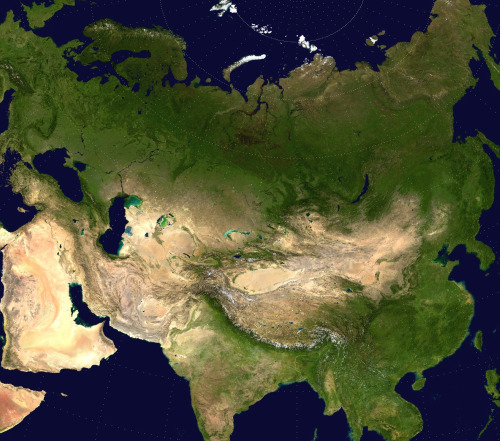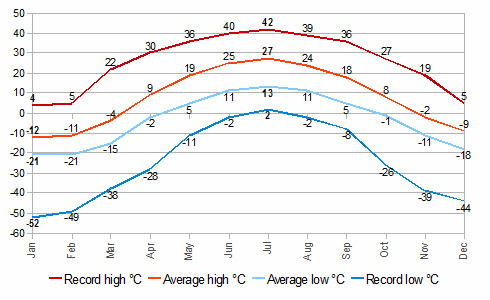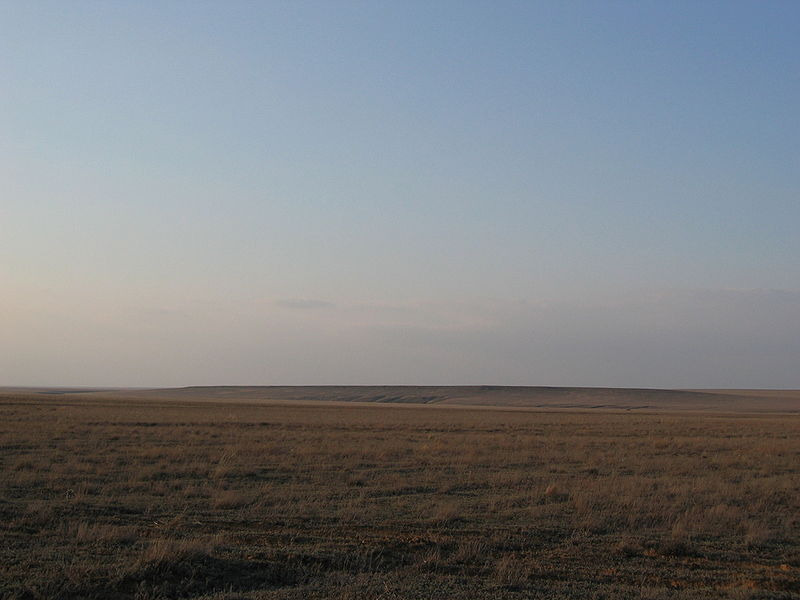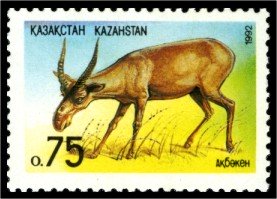Kazakh Steppe
The Kazakh Steppe covers one third of Kazakhstan's vast territory. Its area is 804,500 sq km, which is 310 619 sq mi.
1950's central government decision to turn this part of Kazakhstan into fertile arable land, resulted in turning this grassland into desert.
Now it's home to the strongest species of flora and fauna, that are resistable to regular strong winds, extreme heat and cold.
The western part of the Steppe is sparsely populated about 3 people
per square kilometer. But it gradually increases towards the east making
up 6 to 7 people per square kilometer.
A very important man made Kazakhstan landmark is situated in the south of the Great Steppe. It's the Baikonur Cosmodrome. It takes about 7 360 square kilometers of the Steppe.
Where is it?
The Kazakh Steppe is part of the Eurasian Steppe.
It borders the Caspian depression in the west, the Aral Sea in the south, the Ural Mountains in the north and the Altai Mountains in the east.
In the north and north east it gradually turns into the Forest-Steppe.
Climate of the Kazakhstan
Steppe
As you can see on the chart below the climate of the Steppe in Kazakhstan is quite extreme. In summer it's very hot and dry, in winter it could be unbearably chilly.
Current weather in the
Steppe
This is the weather in Atbasar, the centralish part of the Great Steppe, that gives the extremes of the weather in Kazakhstan.
What does the Steppe
look like?
Against the snow-capped mountains of the south and east of Kazakhstan, the Great Steppe has not got much to offer. And yet it has its own beauty and it lets you feel you are part of the eternity.
Fauna
This endangered species of Saiga that originally inhabited all over the Eurasian Steppe, can now be found only in some areas of Kalmykia (Russia), the Steppe of Kazakhstan and western Mongolia.
Return from the Kazakh Steppe to Kazakhstan Landmarks
Back to the Kazakhstan Discovery home page



